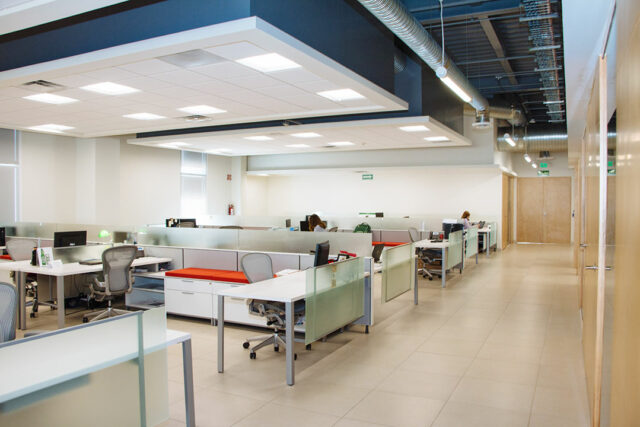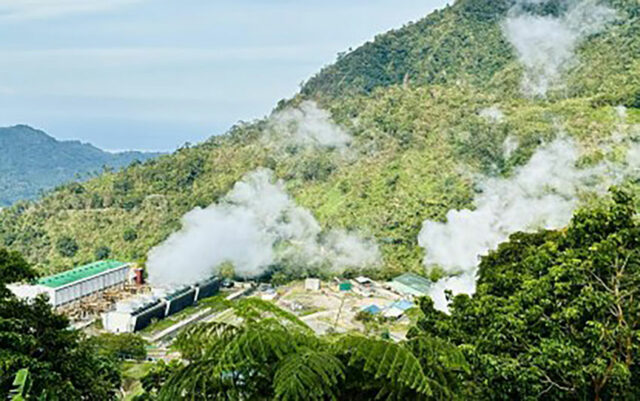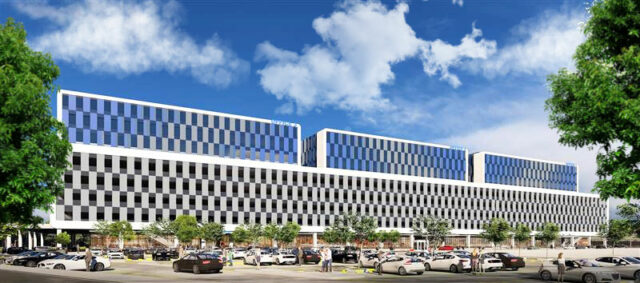More than 20 years ago, an International Monetary Fund (IMF) working paper defined policy ownership in these terms: “…a willing assumption of responsibilities for an agreed program of policies, by officials in a borrowing country who have the responsibility to formulate and carry out those policies, based on an understanding that the program is achievable and is in the country’s best interest.” (James M. Boughton and Alex Mourmouras, “Is Policy Ownership an Operational Concept?” April 2002)
The Fund recognized that some public authorities would only agree to some policy initiatives like higher interest rates to control inflation or increased taxes to reestablish fiscal space, ensure funding of the national budget and achieve higher targeted economic growth, in order to get financing. Among other factors, non-policy ownership leads to half-hearted implementation of such public policies and ultimately, program failure. When the authorities own the policies, there is greater likelihood the corresponding policy reforms shall be pursued with more serious, more determined follow through even after the conditional program is over.
When this is the case in an economy, policy ownership does not involve a mere perfunctory assent; it is more a genuine effort to see reforms take root and produce a more sustainable economic growth and stability.
We were involved in 28 out of the 44 years that the Philippines was in active use of Fund resources under various adjustment programs including Stand-By and Extended Fund Facility. Yes, there were a number of IMF policy errors, especially those restrictive monetary and fiscal policies in the context of very difficult, recessionary periods. Looking back, however, the country’s failure to embrace those reforms in agriculture, oil industry, infrastructure, taxation, public financial management, and most especially governance could explain the slow progress in these areas.
In principle, those reforms saw the light of day when Congress became more actively involved, and there was better understanding between the IMF and the Philippine Government on the rationale for those public policy reforms. It’s difficult to deny though that there were indeed significant gaps in the implementation.
There was very little public ownership of those public policies.
How then does one propose for the Philippine Government to persuade civil society to support fiscal consolidation through more conscientious payment of taxes, or new taxes, and appreciate a more deliberate, more calculated public expenditure when the second highest official of the land, Vice-President Sara Duterte can seem to get away with her articles of impeachment?
Taxpayers would have second thoughts if VP Sara could simply betray public trust by allegedly misspending public funds paid by them. In her first two years as vice-president, she was alleged to have direct control of some P612.5 million, all of which “were wantonly and questionably spent in exorbitant, if not fictitious, expenses,” according to the articles of impeachment. In just 11 days, her office was also cited for having spent all of P11.4 million per day on surveillance and monitoring, as well as the rental of safehouses. Some P254.9 million in confidential funds were supposed to have also been spent and disbursed to fictitious persons. Some of these expenses were not for confidential activities and expenses, and therefore Congress charged that the funds were malversed.
The same pattern was observed in the Department of Education (DepEd) which VP Sara headed for a time. Some P112.5 million was disbursed under condition of non-accountability and non-transparency. Congress also alleged instances of misuse, misappropriation, and malversation.
There are three problems here. First, VP Sara signed the certifications on the Documentary Evidence of Payment (DEPs) under oath as well as the Accomplishment Reports, which subsequent investigation showed that out of 1,992 names, at least 1,322 names could not be supported by birth records and thus, are fictitious. Second, Congress established in the articles of impeachment that what she had done in the Office of the VP and DepEd appeared to be similar to what she had committed when she first became a public official, starting in 2007 as vice-mayor and later mayor of Davao City for three terms. The pattern seemed unmistakable.
Most important, third, the Philippine Senate appears to be prejudging the case by attempting to dismiss it or causing the House of Representatives to ensure its constitutionality. If they would simply follow the 1987 Philippine Constitution, the senators-judges would just have to hear all the evidence of the articles of impeachment and decide whether the respondent vice-president ought to be stripped of her position of authority or not.
If we go by the rules of the civil courts, only very few senators-judges would remain to try the case. The public has every reason to demand that certain senators should inhibit themselves from hearing the case at all.
Which is why we find it difficult for the Filipinos to support additional fiscal measures to address the imperative of more public borrowing to pay the existing debts and finance the budget for 2026. As of end-May 2025, the Philippine Government has already accumulated debt amounting to P16.92 trillion. By end-June and when the GDP numbers become available, it will not be shocking to know that might already breach 62% of GDP.
Actually, the Philippines is caught in a bind. With fiscal space continuing to narrow, fiscal consolidation might be too challenging to meet. If the government decides to increase the tax rates, or enact new tax laws, that could be a disincentive for businesses and households. But without such, the government will be pushed to the wall and borrow. Borrowing means adding more burden both to the budget and taxpayers. Otherwise, public spending could not support economic growth, push the Philippines out of the lower middle-income trap, and win an A rating from major credit rating agencies. Bragging rights before the next presidential election may not materialize.
Without policy ownership by the taxpayers, even those proposed by Congress and endorsed by the Fund would have rough sailing. More infra spending means more taxes, human capital development means more taxes, land use and agricultural productivity means more taxes. If policy ownership is deeply embedded in the social fabric, having more taxes is not completely unacceptable as long as the government itself plays an active role in promoting good governance and anti-corruption policies and practices. We avoid perverse incentive, if the guilty of corruption do not succeed in keeping their bribe money and commissions, and moral hazard, if they fail to get away with it.
Good governance and digitalization can by all means optimize current resources that would minimize the need for imposing incremental burden on the people in terms of higher taxes and more borrowings.
Public ownership then should aim for political openness and unity, or the absence of major obstacles to reform, and administrative capacity, or the ability of government to formulate and implement public policy. As the Fund’s working paper shows, both World Bank or World-Bank related studies and Fund and Fund-related studies indicate that policy reforms and adjustment programs proved more successful in countries with greater political stability, which are unaffected by ethnic or political differences, and which have democratic governments. It is easier to win confidence and policy ownership when these basic ingredients are secured.
If we adapt the Fund-specific studies to national situations, the government ought to understand the domestic political economy and ensure the contents of the reform program are consistent with the people’s needs and aspirations. There ought to be greater latitude for flexibility and empowerment to those who would be affected by the policy change. Taxation policy, for instance, should be progressive. Those who would be paying taxes should not be disillusioned by a flagrant display of fund misuse and corruption, as well as any semblance of tolerance by the State. This is how to build goodwill and trust with civil society. Better and more effective communication of public policy is very critical. On such bases, policy ownership is indeed an operational concept.
It is hard to imagine one demolishing something that he owns.
Diwa C. Guinigundo is the former deputy governor for the Monetary and Economics Sector, the Bangko Sentral ng Pilipinas (BSP). He served the BSP for 41 years. In 2001-2003, he was alternate executive director at the International Monetary Fund in Washington, DC. He is the senior pastor of the Fullness of Christ International Ministries in Mandaluyong.



















